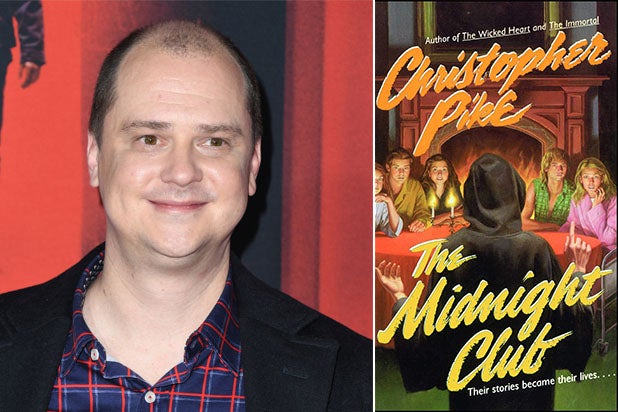
I'm not sure how I would have felt about it as a teen. To be honest, I felt challenged and here I am in my 30's. It doesn't talk down to the reader and, in fact, challenges them. The positive side of the maturity in The Midnight Club is that it does feel like a "real" novel. Clearly Pike, if this novel is any indication of his wider bibliography, wanted to expose teens to the real world more than slasher shlock. Stine did this by design, however, to emphasize fantastic "fun" adventures rather than realistic terrors. He might kill off a dozen teens in a single Fear Street adventure, but none of the characters would have cancer. To cope, they meet at midnight and share short stories about characters with veiled symbolic connections to their own anxieties around death and the afterlife.ĭeep stuff, right? Stuff you wouldn't expect to find in teen fiction from 1994.

They live in a hospice together, physically and emotionally exhausted, expecting to die every day. The entire cast of characters are terminally ill teenagers faced with such real-life horrors as cancer and AIDS. The Midnight Club (1994) is an excellent example of just how different they can be.

They both dominated the YA horror market during the '90s but are otherwise very different authors.

It's weird that Christopher Pike always gets compared to R.L.


 0 kommentar(er)
0 kommentar(er)
